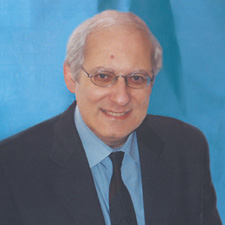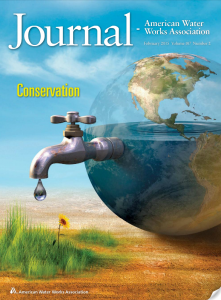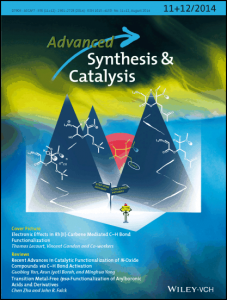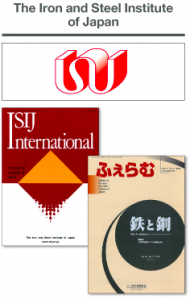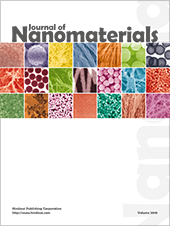 The Journal of Nanomaterials has retracted a paper on modified rice straw over citation manipulation.
The Journal of Nanomaterials has retracted a paper on modified rice straw over citation manipulation.
Rice straw, which makes up nearly half of the biomass in rice plants, is generally considered agricultural waste. However, in recent years scientists have discovered ways to modify the raw material to make it capable of absorbing heavy metal ions, making it useful to both prevent and clean up pollution from industrial processes.
The retracted paper, which analyzed the physical properties of different kinds of modified rice straw, was retracted for citation manipulation.
Here’s the short (and to the point) retraction for “Mechanical and Thermal Stability Properties of Modified Rice Straw Fiber Blend with Polycaprolactone Composite”: Continue reading Citation manipulation the last straw for modified rice straw paper
